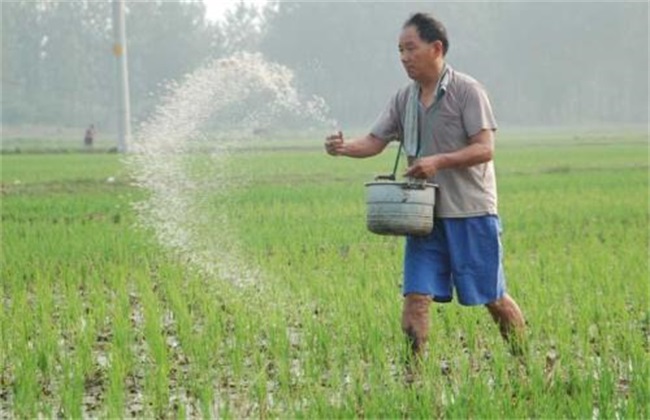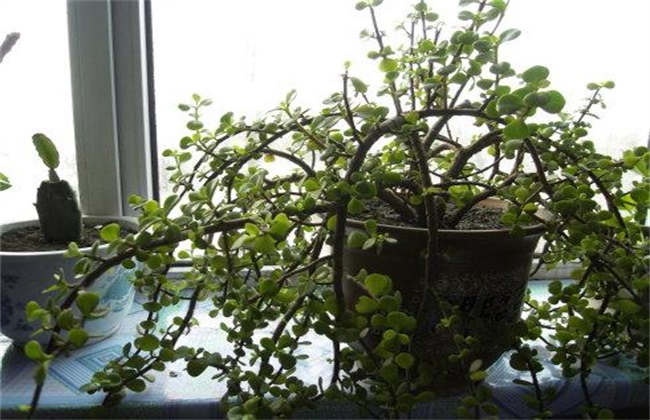Reasons for low utilization rate of chemical fertilizer
When growing crops, many people will choose to apply some chemical fertilizers properly. Chemical fertilizer is also the key to ensure the yield and high yield of crops, but there are many people after the application of chemical fertilizer, the increase of crop yield is not very obvious. The continuous increase of chemical fertilizer input not only increases the cost, but also causes great pollution to the environment. So what is the reason for the low utilization of chemical fertilizer? Let's take a look at the reasons for the low utilization rate of chemical fertilizer with the editor.

1. Different varieties of crops and fertilizers
Each crop has different growth characteristics, so the utilization rate of chemical fertilizer varies from crop to crop. For example, the absorption and utilization rate of elements such as nitrogen, phosphorus and potassium by corn is generally 20.6%, 14.2% and 34.5%. For wheat, it is 26.5%, 8% and 29%. Generally speaking, the utilization rate of phosphate fertilizer is lower in cereal crops and higher in legume crops. Then the utilization rate of fertilizer will be different according to the variety of fertilizer. Even if it is the same element, as long as the variety is different, then the utilization rate will be different.
2. Improper application method.
There are many kinds of chemical fertilizers, and different fertilizers have different fertilization methods. For example, in the application of ammonium bicarbonate, if the soil is covered with deep application, then the utilization rate can reach about 40%, while if it is applied on the surface, it will be reduced by about 15%. Usually, the utilization rate of surface fertilization is 15% less than that of deep application. In addition, in fertilization, if the fertilization structure is unreasonable, which leads to nutrition imbalance, then it will also lead to a reduction in utilization. At present, there are still many people according to the traditional fertilization methods, its blindness and randomness are very serious, and it is also disadvantageous to the growth of crops.
3. Soil water content
Soil water content is a main factor affecting the utilization rate of chemical fertilizer. In a certain range of field water content, the utilization rate of chemical fertilizer will decrease with the decrease of soil water content. However, water should not be too much, because if there is too much water, the fertilizer will be leached and its fertilizer effect will be reduced. And some chemical fertilizers will form a form that can not be used because of leaching and volatilization or being fixed by soil and other reasons. Then it may also be caused by the crop's inability to absorb it in time, because the root absorption capacity of the crop is still limited. It is impossible to absorb all of them, so it will also lead to a decrease in fertilizer utilization.
4. Soil consolidation
Professional statistics show that in crop fields, about 55% of the nitrogen that cannot be absorbed will enter the water body and atmosphere. Resulting in eutrophication of the water body, resulting in the excessive growth of algae and the deterioration of water quality, resulting in the death of aquatic organisms. If it remains in the farmland, the soil will become hardened, leading to the breeding of bacteria, and the content of nitrate nitrogen in groundwater will exceed the standard. After soil consolidation, the soil aggregate structure is destroyed, resulting in soil acid-base imbalance, thus reducing the ability of water and fertilizer conservation, resulting in serious loss of chemical fertilizer and decreased utilization.
The above is a brief introduction to the reasons for the low utilization rate of chemical fertilizer. That's all for today's introduction. This article is for reference only. Thank you for your reading and support.
- Prev

"two suitability and two essentials" for the management of edible fungi to protect and pursue fertilizer
"two suitability and two essentials" for the management of edible fungi to protect and pursue fertilizer
- Next

Key points of spring conservation of golden branches and jade leaves
Key points of spring conservation of golden branches and jade leaves
Related
- Fuxing push coffee new agricultural production and marketing class: lack of small-scale processing plants
- Jujube rice field leisure farm deep ploughing Yilan for five years to create a space for organic food and play
- Nongyu Farm-A trial of organic papaya for brave women with advanced technology
- Four points for attention in the prevention and control of diseases and insect pests of edible fungi
- How to add nutrient solution to Edible Fungi
- Is there any good way to control edible fungus mites?
- Open Inoculation Technology of Edible Fungi
- Is there any clever way to use fertilizer for edible fungus in winter?
- What agents are used to kill the pathogens of edible fungi in the mushroom shed?
- Rapid drying of Edible Fungi

